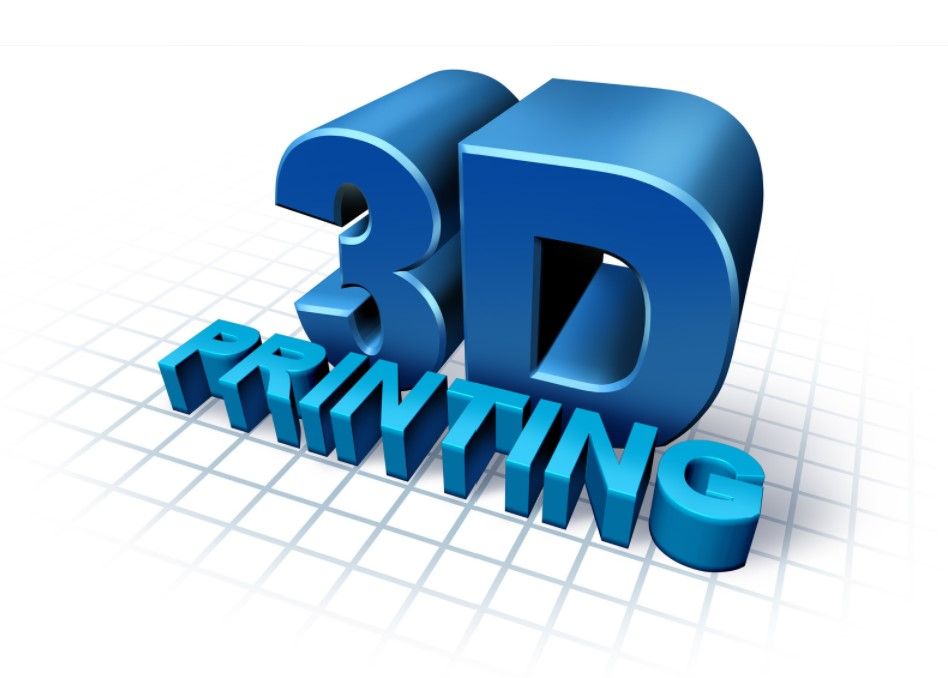What Rising Insurance Costs Mean for Home Values
In recent years, homeowners across the U.S. have been facing a growing concern: rising insurance premiums.

Building homes that speak to the concerns, passions and realities of the 21st century is a task that incorporates myriad elements. As the first part in this series outlined, certain fixtures and functions that were once exotic or luxurious are now expected by the more recent generations of home buyers. Subsequently, part two emphasizes how landscapes and building materials are utilized to improve a property's environmental profile while provoking a rise in home value. In this installment, a revolution in design and construction is examined, namely the employment of three-dimensional printers in house manufacturing. Does this recent development advance sustainability?
History of 3-D Printing
In truth, 3-D printing is a 20th-century technology. Researched as far back as the 1970s, experiments with 3-D printing commenced in 1981. Adopting a layer atop layer approach, innovators worked out a process called stereolithography whereby ultraviolet light was used to create a polymer substance from photosensitive resin. Stereolithography -- SLA, for short -- was patented in 1986 and released in 1988. That same year, another method was developed: laser was applied to powder grains to create a new material. This technique was dubbed SLS, i.e., selective laser sintering. Not long after, fused deposition modeling (FDM) arrived on the scene.
FDM is perhaps the most commonplace of the 3-D printing technologies in practice today. Also known as used filament fabrication, FDM takes plastic filament; heats and melts it; ejects or extrudes it through a nozzle onto a platform where a cross-section of a given object is arranged one layer at a time. As the material leaves the nozzle, the printer's robotic arm directs it, by means of a pre-programmed set of axis coordinates, to a specific location on the platform, or printing bed. Once properly located, the material drops in temperature and stiffens. The bed than drops incrementally as each new layer is added.
Can This Process Be Scaled?
OK, you concede, 3-D printing can make tools and utensils. Will, though, this technique work for the makings of a house? The answer is yes. Absolutely. Up until recently, of course, the robotics employed by 3-D printers were bulky with rather short arms to do the work. Therefore, the printer needed abundant space while producing modestly scaled projects. Using gantries -- i.e. framed structures that support the printer head along its axis -- developers have been able to increase the dimensions of any finished 3-D product. This is how the material for houses can now be manufactured.
Construction 3-D printers operate on the same model as described above but they are designed for heavier filaments like cement or earthen substances, for instance. The ease with which 3-D printers can use organic materials makes this among the most eco-friendly ways of erecting houses. Foundations and walls are incrementally generated, layer upon layer. Among the benefits, less waste is left than with traditional construction. As if that were not enough, 3-D printing uses fewer humans for labor and the cost of production is lower.
Printed Homes Are Here
A small, cottage-style house may run $10,000 or even less to build with 3-D printing. Home value can run higher, however. They are estimated to last without further printing for 50 to 60 years. These dwellings are an international phenomena.
These dwellings are affordable and sustainable.